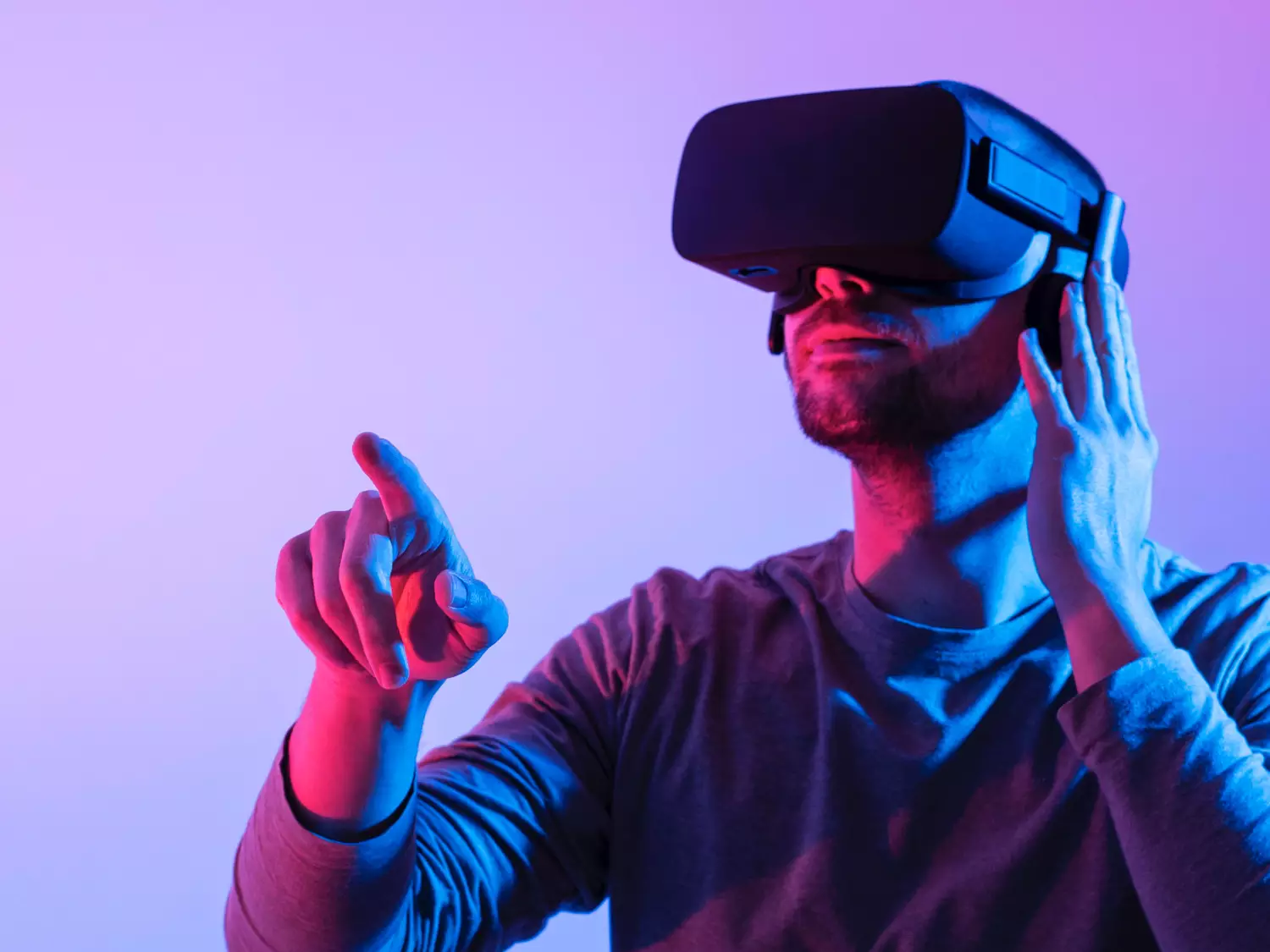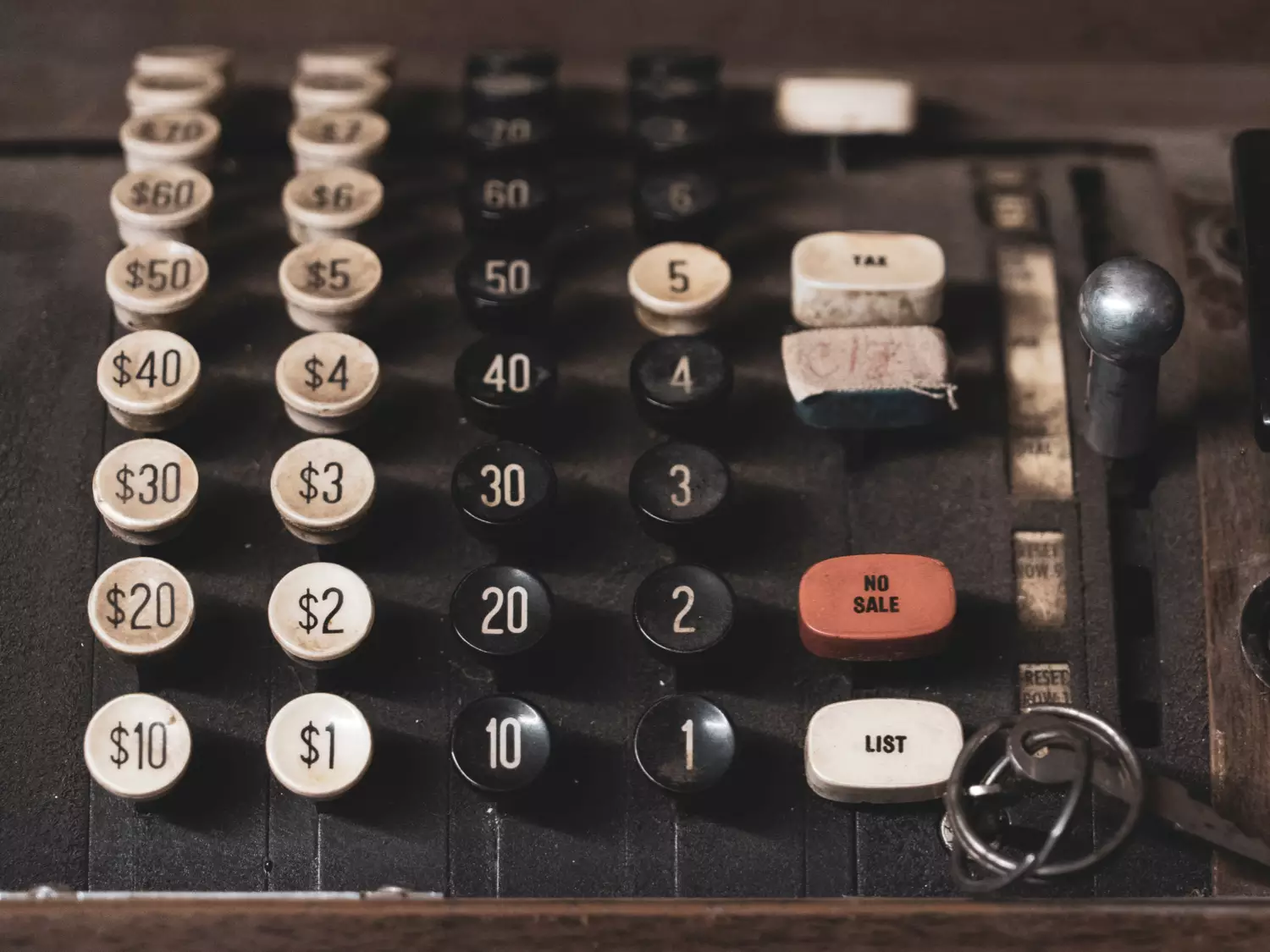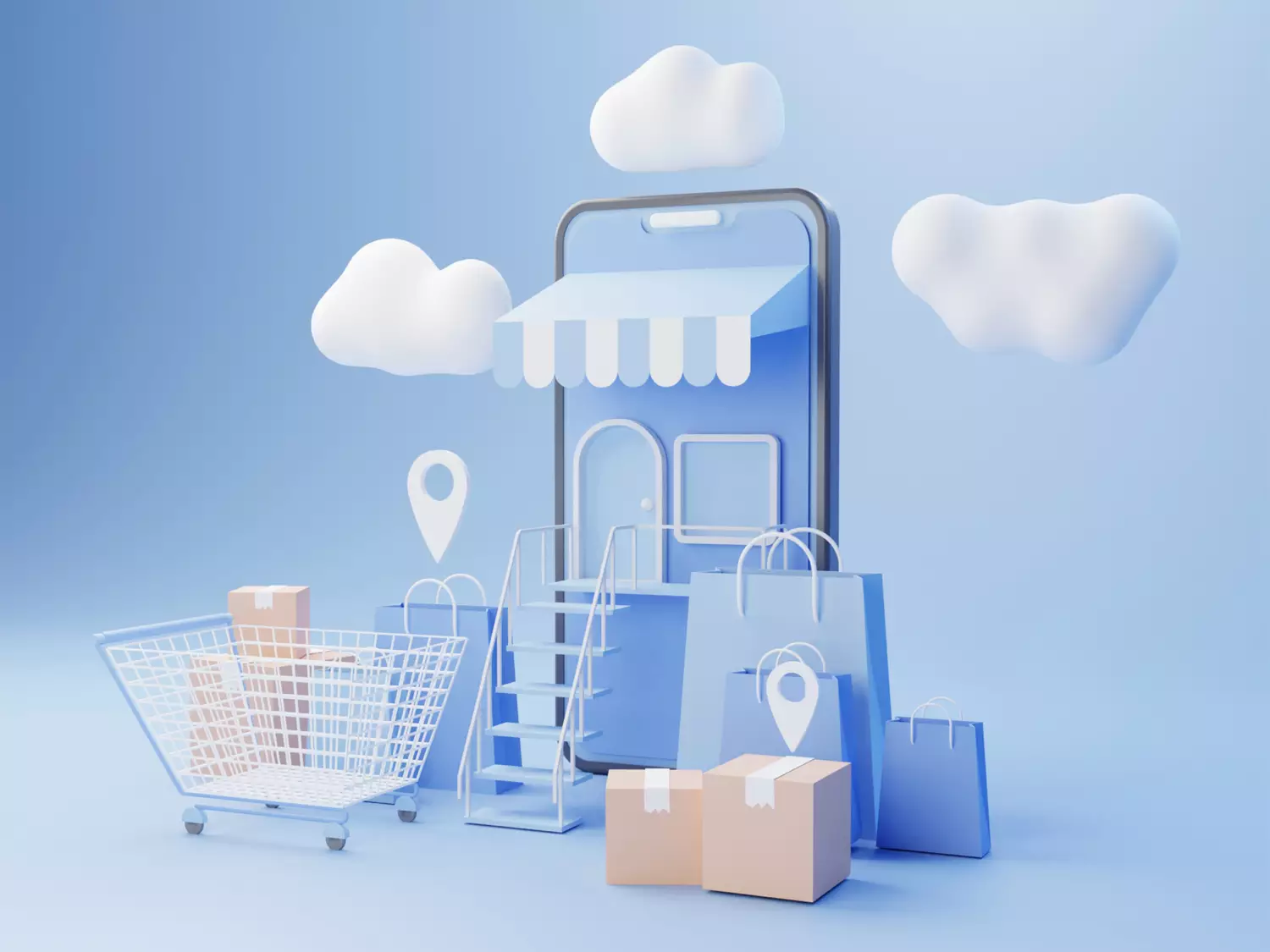VR Payment Study: The Digitization Of Brick-and-Mortar Retail, Retailers Are Ready
In recent years, brick-and-mortar retail has been increasingly confronted with e-commerce. Shopping processes are comfortable and operations run smoothly here - which means that more and more brick-and-mortar stores are being threatened in their existence. Retailers are forced to keep up with the convenience of Internet commerce. As a result, retailers in stationary trade are asking themselves important questions with regard to the digitalization of their stores: What is the significance of the checkout? What opportunities does retail have for optimization? And how realistic is the implementation? The payment specialist VR Payment, together with the EHI Retail Institute, asked top retailers and executives from a wide range of industries these questions and received interesting answers.
The Decisive Factors At The Point Of Sale
The quality of the goods is the most important aspect for all retailers in their stores. Efficient processing of purchases in terms of payment and checkout is very important and essential for almost all retailers surveyed. So is ensuring smooth processes. Not only the processes, but also the presentation of goods and customer advice are high on the list of the most important components of a retail store. It becomes problematic when these aspects interfere with each other. Staff shortages often lead to overworked employees who can no longer provide an attractive presentation of goods and efficient sales processing. Often, this is also related to a lack of customer service, when staff for consulting and merchandise clearance are responsible for the cash register at the same time.
The Checkout Area From The Retailer's Perspective
The checkout area is the successful conclusion of the purchasing process. That's why it's all the more important that all processes at this point run smoothly so that sales and turnover can be achieved. For a full 96 percent of the retailers surveyed, resource-efficient processing of purchases is the most important aspect in the checkout area, followed by high throughput. This reflects what is also most important to consumers: successful purchasing or sales. It is also important for retailers to get to know their customers and provide them with advice - but not in the checkout area. Here, customers should not linger long, but should be processed efficiently.
Potentials Of Smart Store Concepts Using New Technologies
In the course of the digital transformation, a lot has happened in terms of new store concepts and technologies. Most recently, Amazon made headlines around the world with a new fully automated supermarket concept. The retailers surveyed are clearly positive about the potential of such new store concepts. These are mainly understood in terms of opportunities for automation, increased efficiency and customer communication. A large proportion are convinced that these technologies can be used to automate processes, deploy employees more efficiently and better understand customer wishes.
In addition, more than 80 percent of retailers see great potential in mobile payment options and are interested in integrating them into their business. This goes hand in hand with the merging of online and offline shopping, which 70 percent of retailers consider interesting or very interesting. Well over half of retailers also find alternative checkouts such as self-checkout interesting for their business.
Contrary to customer fears, the retailers surveyed are less interested in using current developments at the PoS to collect and use additional data points.
Cashierless Stores - More Than Just A Vision
Digitalization is being embraced and seriously considered in the retail sector. Half of the retailers surveyed believe it is likely that cashierless stores will be used across the board in the future. Although cashierless concepts are not suitable for all retail sectors, one in three retailers can already imagine operating their store without a classic cash register.
Both consumers and retailers agree that retailers benefit from new technologies that enable resource-efficient shopping and smooth processes. Both retailers and consumers are prepared to take the step into unknown new technologies in order to achieve an optimized customer journey.
The study shows that customers want a faster checkout process and less stress in the checkout area. In a store equipped with Snabble, customers achieve up to 60 percent faster checkouts and a 33 percent increase in satisfaction. Snabble's checkout alternatives can free up cashiers to focus their attention on different activities in the store. In the process, classic checkout activities are handed over to the customer. Flowing processes and relieved personnel are thus possible again.
Not only self-checkout kiosks and a scan-and-pay app, but also completely automated stores are possible with Snabble. In parallel to Amazon's new store concept, Snabble, together with tegut..., beat the global player to the punch and opened Germany's first cashierless store called "tegut... teo". Customers can now do their own shopping independently. Since teo has so far been located in a rural area, it provides a full range of groceries. This sometimes solves the problem of staff shortages in rural areas.
Snabble also gives the highest priority to security. When using Snabble, no personal data is recorded and stored. No registration is required and the hygiene factor is also a given here: Customers do not need to touch terminals or hand-held self-scanners that are shared - their own smartphone replaces the terminal and scanner, enabling contactless payment. Compared to self-scanning solutions from other providers, Snabble is therefore clearly the preferred option for customers in terms of data protection as well.
Share this
You may also like
These related stories

Future Of Retail - Augmented Reality In Retail

EHI Study - Payment Systems In Retail 2021
